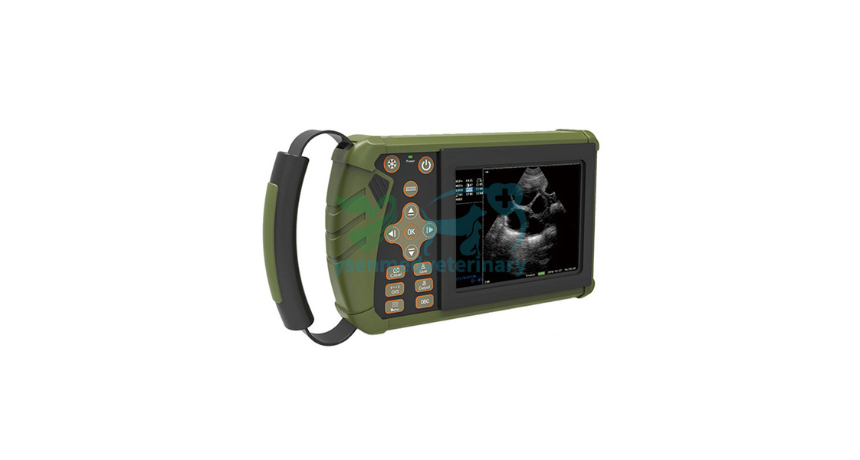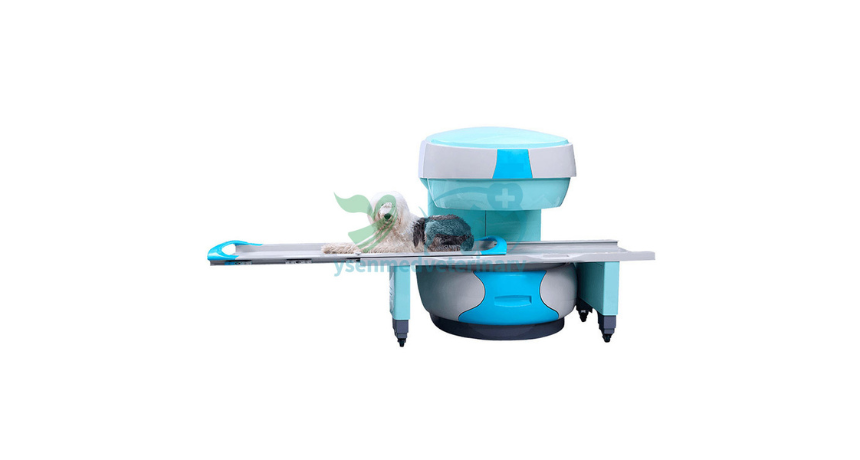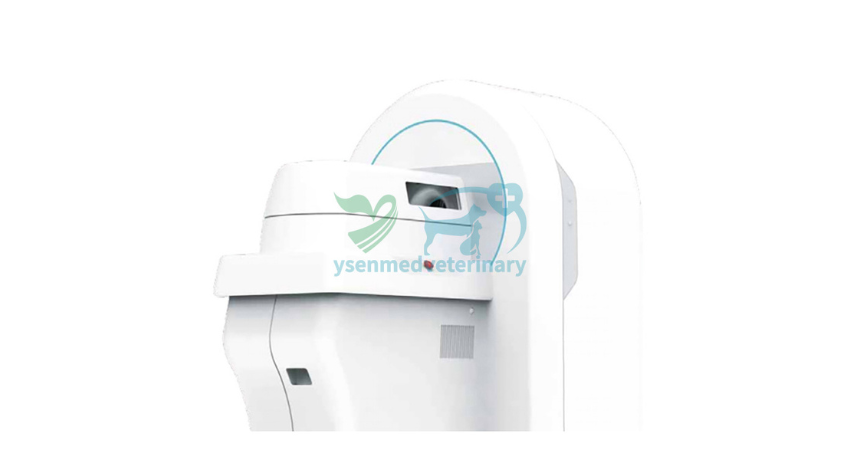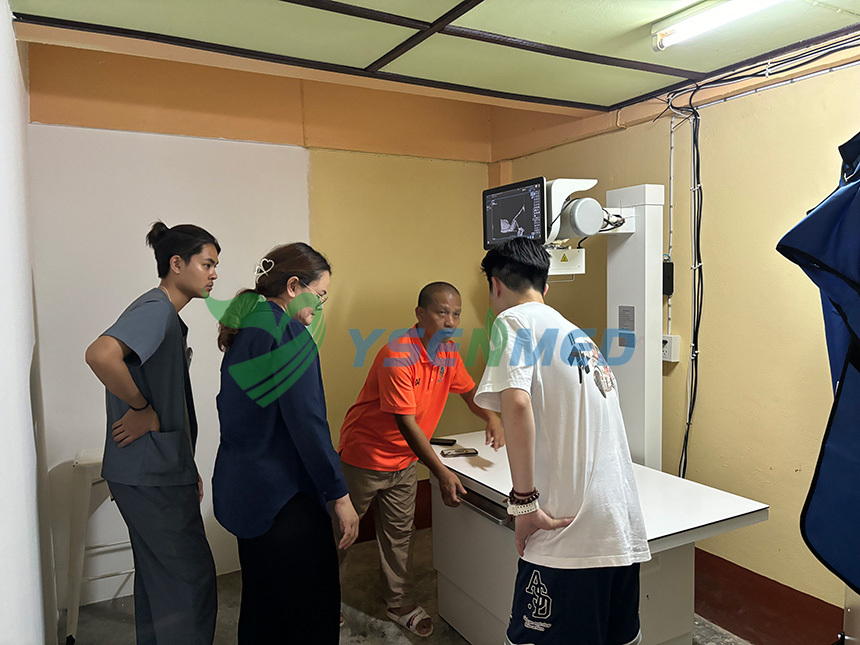Introduction:
If you've ever seen the joy on a dog's face during a brisk walk or a run in the park, you'll know just how much our furry friends love to get moving. But what happens when the weather isn't cooperating, or your schedule gets too busy to take your pup out as often as they'd like? That's where
treadmills for dogs come in! These canine-friendly fitness machines offer a convenient way to keep your four-legged friend active and healthy, even when outdoor exercise isn't an option. Let's dive into the world of tail-wagging workouts and explore how treadmills can benefit your canine companion.
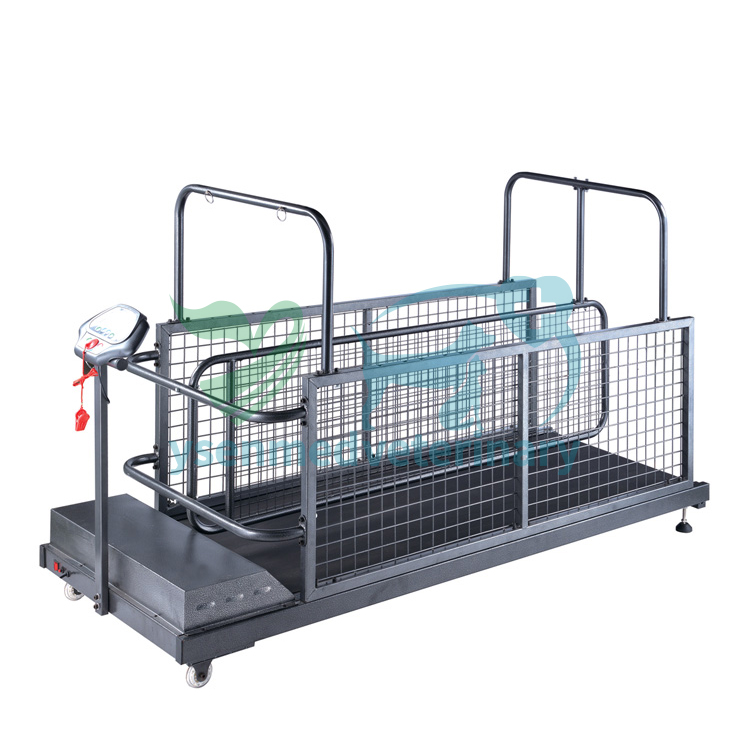
The Rise of Canine Fitness:
In recent years, there's been a growing awareness of the importance of regular exercise for dogs. Just like humans, dogs need physical activity to maintain a healthy weight, strengthen their muscles, and prevent a host of health problems. From obesity to joint issues, lack of exercise can take a toll on a dog's overall well-being. That's why many pet owners are turning to treadmills as a convenient way to ensure their furry friends get the exercise they need, rain or shine.
Understanding Dog Treadmills:
So, what exactly is a dog treadmill? Simply put, it's a specialized treadmill designed specifically for canine use. These treadmills feature a shorter track and often come with side panels to help keep your pup safe and focused while they're working out. Some models even have adjustable speeds and incline settings, allowing you to tailor the workout to your dog's needs and fitness level.
Benefits of Using a Dog Treadmill:
There are numerous benefits to incorporating a treadmill into your dog's exercise routine. For starters, treadmills provide a controlled environment where you can monitor your dog's activity level and ensure they're getting the right amount of exercise each day. This can be especially helpful for dogs with health issues or mobility issues that may make traditional outdoor exercise more challenging.
Additionally, treadmills can be a lifesaver during inclement weather or busy times when you may not have as much time to devote to outdoor activities. Instead of skipping your dog's workout altogether, you can simply hop on the treadmill for a quick session that will help them burn off excess energy and stay mentally stimulated.
Getting Started:
If you're thinking about incorporating a treadmill into your dog's routine, it's important to introduce it gradually and make the experience as positive as possible. Start by letting your dog get comfortable with the treadmill while it's turned off, allowing them to sniff around and explore at their own pace. Once they seem at ease, you can slowly start introducing movement by walking alongside the treadmill and offering plenty of praise and treats as encouragement.
As your dog becomes more comfortable with the treadmill, you can gradually increase the speed and duration of their workouts. Just be sure to keep an eye on their body language and stop the session if they seem tired or stressed. The goal is to make exercise enjoyable for your dog, so always prioritize their comfort and well-being.
Choosing the Right Treadmill:
When it comes to selecting a treadmill for your dog, there are a few factors to consider. First and foremost, you'll want to choose a treadmill that's appropriate for your dog's size and breed. Larger breeds may require a sturdier treadmill with a wider track, while smaller dogs may do just fine on a compact model.
You'll also want to look for features that enhance safety and comfort, such as side panels to prevent your dog from stepping off the track and a quiet motor to minimize noise and vibrations. Additionally, consider whether you want a manual treadmill that relies on your dog's movement to power the belt or a motorized model that allows you to control the speed and incline.
Incorporating Variety:
While treadmills can be a fantastic addition to your dog's exercise routine, it's important to remember that they shouldn't be the sole source of activity. Dogs thrive on variety, so be sure to mix things up by incorporating other forms of exercise, such as outdoor walks, fetch, and agility training.
By keeping your dog's workouts varied and engaging, you'll not only help them stay physically fit but also mentally stimulated and happy. After all, a tired dog is a happy dog!
Conclusion:
En conclusion, les tapis roulants pour chiens offrent un moyen pratique et efficace de garder votre compagnon canin en bonne santé et heureux. Que vous soyez confronté au mauvais temps, à un emploi du temps chargé ou que vous souhaitiez simplement ajouter un peu de variété à la routine de votre chien, un tapis roulant peut être un outil précieux pour garantir qu'il fasse l'exercice dont il a besoin. En introduisant progressivement le tapis roulant, en choisissant le modèle adapté aux besoins de votre chien et en intégrant une variété d'activités, vous pouvez aider votre ami à quatre pattes à rester en pleine forme pour les années à venir. Alors pourquoi attendre ? Préparez-vous à voir ces queues remuer de joie alors que vous vous lancez dans un voyage d'entraînements qui remuent la queue avec votre ami à quatre pattes !
FAQ :
Tous les chiens peuvent-ils utiliser des tapis roulants ?
Oui, en général, la plupart des chiens peuvent utiliser des tapis roulants. Cependant, il est important de prendre en compte l'âge, la taille et l'état de santé de votre chien avant de lui présenter un tapis roulant. Les chiens plus âgés ou ceux souffrant de certains problèmes de santé peuvent avoir besoin de l’autorisation d’un vétérinaire avant de commencer une routine d’exercices sur tapis roulant.
Combien de temps mon chien doit-il utiliser le tapis roulant chaque jour ?
La durée des séances sur tapis roulant peut varier en fonction de la race, de l'âge et de la condition physique de votre chien. En règle générale, la plupart des chiens peuvent bénéficier de 15 à 30 minutes d’exercice sur tapis roulant par jour. Cependant, il est essentiel de surveiller le comportement de votre chien et d'ajuster la durée si nécessaire pour éviter le surmenage.
Les tapis roulants sont-ils sans danger pour les chiens ?
Lorsqu’ils sont utilisés correctement et sous surveillance, les tapis roulants peuvent être sans danger pour les chiens. Il est essentiel de choisir un tapis roulant adapté à la taille et à la race de votre chien et d'introduire l'équipement progressivement, en utilisant le renforcement positif pour rendre l'expérience agréable pour votre chiot. De plus, surveillez toujours votre chien pendant qu’il utilise le tapis roulant pour assurer sa sécurité.
L'utilisation d'un tapis roulant remplacera-t-elle l'exercice en plein air pour mon chien ?
Bien que les tapis roulants puissent être un moyen pratique de garantir que votre chien fasse de l'exercice, ils ne devraient pas remplacer complètement les activités de plein air. Les chiens bénéficient de la stimulation mentale et des expériences sensorielles associées aux exercices en plein air. Il est donc essentiel d'intégrer une variété d'activités à la routine de votre chien, notamment des promenades, des récréations et des séances d'entraînement.
Les chiots peuvent-ils utiliser des tapis roulants ?
Les chiots peuvent utiliser des tapis roulants, mais il est essentiel de les familiariser progressivement avec l'équipement et de s'assurer qu'ils se sentent à l'aise et en sécurité. Commencez par laisser votre chiot explorer le tapis roulant lorsqu'il est éteint, en utilisant le renforcement positif pour créer une association positive. Une fois que votre chiot est à l'aise, vous pouvez introduire progressivement des mouvements, en commençant à un rythme lent et en augmentant l'intensité à mesure qu'il s'habitue au tapis roulant. Surveillez toujours de près votre chiot pendant les séances sur tapis roulant pour éviter les accidents.


